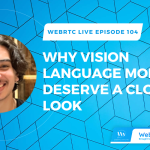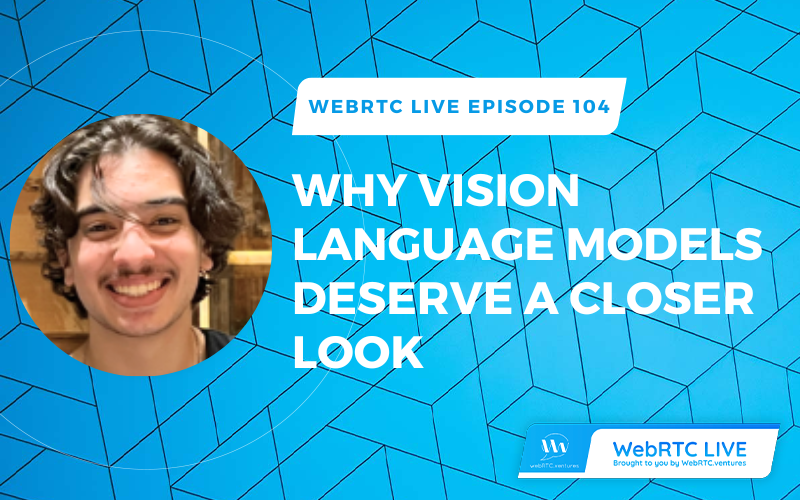
Large Language Models (LLMs) have dominated conversations about AI integration in WebRTC, particularly when it comes to voice-based features like transcription, summarization, and intent detection. But there’s an emerging layer that many outside of research circles are missing: Vision Language Models (VLMs). Unlike LLMs, which work with
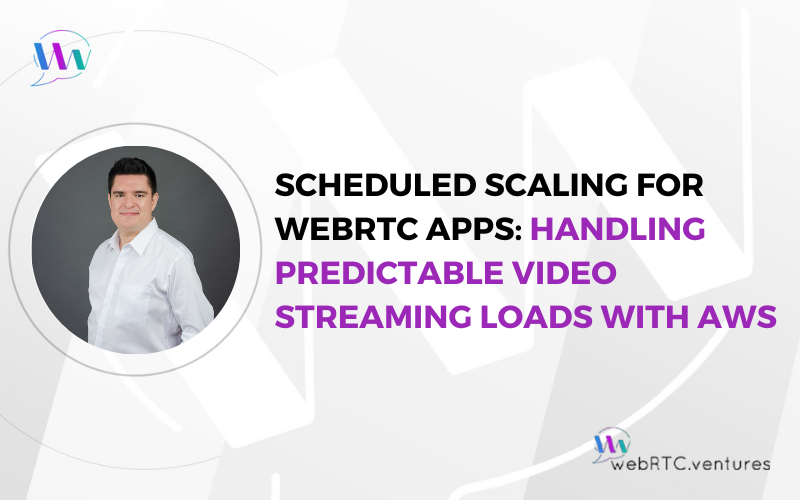
Real-time video communication applications face unique scalability challenges that can make or break the user experience. When thousands of users simultaneously join virtual classrooms, video conferences or other streaming video experiences, traditional autoscaling approaches often fall short. The key to managing predictable traffic spikes in WebRTC applications
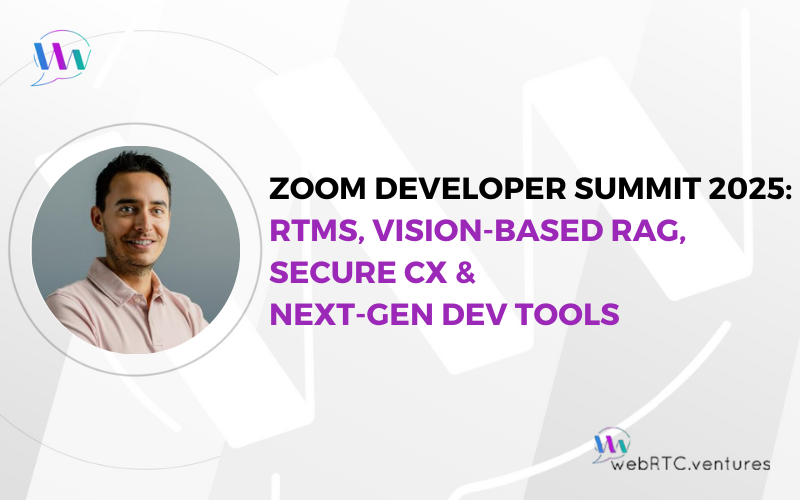
Since Zoom adopted WebRTC, we’ve been closely monitoring their developer platform evolution. Zoom’s WebRTC-powered Video SDK is a powerful addition to the CPaaS landscape, offering rapid integration, robust performance, and a wide array of features for custom video solutions. At their 2025 Developer Summit, Zoom unveiled significant
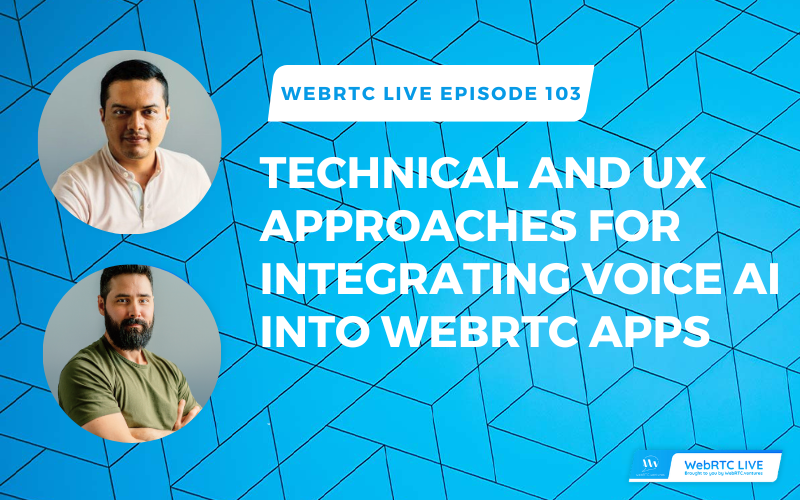
Adding Voice AI to WebRTC applications presents unique technical challenges and user experience considerations. How do you architect systems that handle real-time audio processing, maintain conversational context, and deliver natural, responsive interactions? And how do you design interfaces that adapt to the dynamic nature of AI-powered communication?

